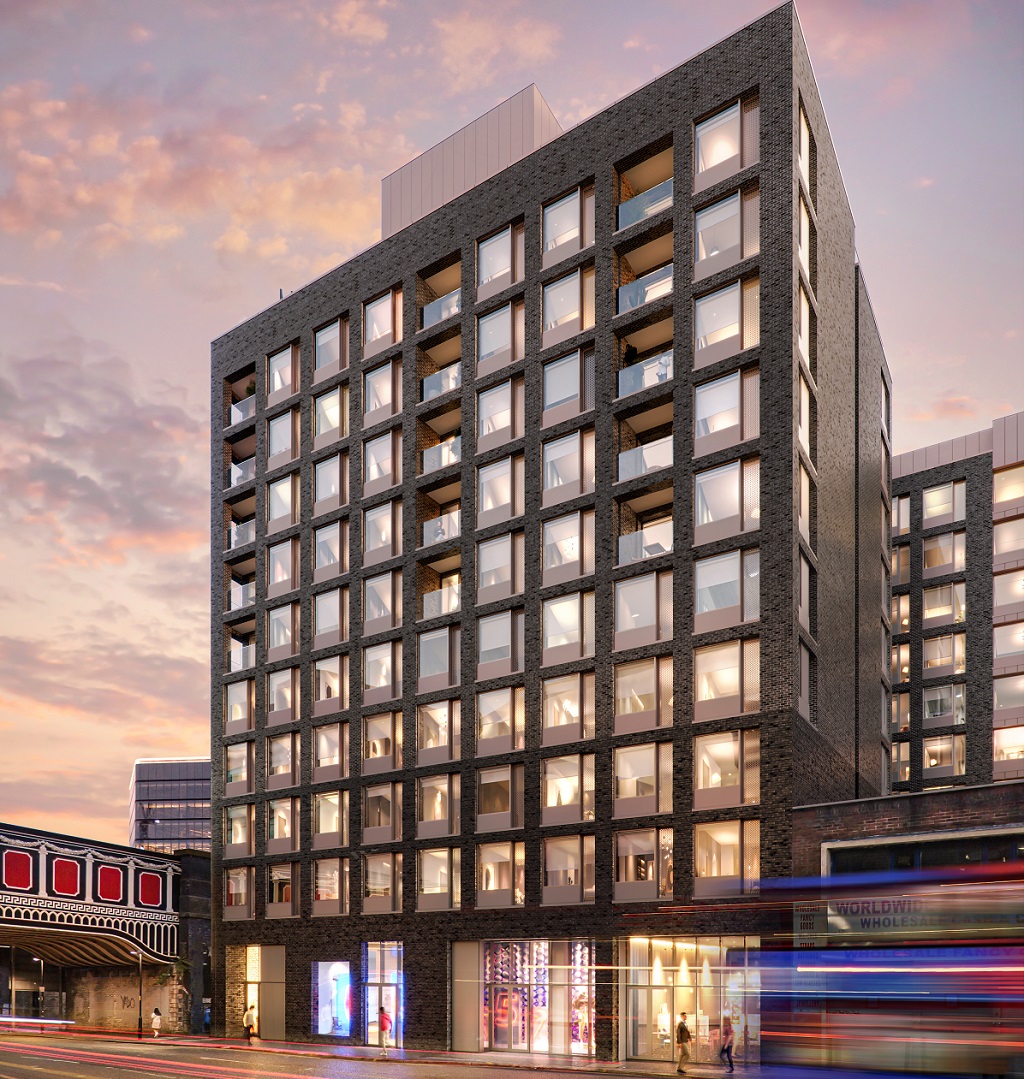Commentary
Delivering the vision for Greater Manchester through digital planning
Greater Manchester has undergone a remarkable transformation in recent years, driven by a clear vision for growth and development in its built environment, writes Claire Locke at VU.CITY.
However, the journey to deliver this desired vision is not yet over and is not without its challenges. From ensuring viability and transparency, to managing the impact of tall buildings and streamlining planning processes, the region still faces several obstacles.
Fortunately, digital planning and technology offer a beacon of hope in overcoming these obstacles by enabling efficiency, facilitating better decision-making, and ultimately, realising Greater Manchester’s ambitious built environment goals set out in the area’s future spatial strategy Places for Everyone.Developing a cohesive vision for Greater Manchester’s built environment requires balancing ambition and viability. We must consider the economic, social, and environmental factors that shape the region’s future.
By leveraging advanced data analytics and modelling tools, decision-makers can assess the feasibility of projects, evaluate potential risks, and ensure that the vision aligns with the region’s long-term sustainability and growth objectives.
Time and transparency
Traditional planning procedures often suffer from lengthy timelines and complex bureaucratic hurdles, which hinder progress.
However, digital planning and technology solutions, such as cloud-based collaboration platforms and real-time information sharing, can streamline workflows, reduce administrative burdens, and enhance transparency.
By embracing these tools, Greater Manchester can foster a more agile and inclusive decision-making process, ensuring that projects move forward efficiently.
The changing face of Greater Manchester
Greater Manchester’s urban landscape is in the midst of a profound transformation, as outlined in the Places for Everyone initiative. This sweeping change ranges from rejuvenated city centres to ambitious infrastructure undertakings, shaping the region into a dynamic and interconnected terrain.
The evolution of versatile mixed-use spaces, sustainable residential developments, and enhanced transportation networks is crafting a future that focuses on quality of life, accessibility, and environmental stewardship.
A pronounced emphasis on brownfield development is geared towards optimising the utilisation of previously developed but now vacant or derelict land. This strategy not only safeguards the city region’s Green Belt, but also curtails the necessity for fresh development on pristine greenfield areas.
Moreover, a resolute commitment to augmenting affordable housing involves ambitious targets for the construction of more than 150,000 new homes, with a primary focus on bolstering affordable housing options. This dedication represents a united effort to tackle the urgent housing crisis in the area.
In line with its vision, Places for Everyone also champions for the improvement of public transportation networks. This multifaceted initiative aims to alleviate traffic congestion, enhance air quality, and strengthen the region’s commitment to environmental sustainability.
The impact of tall buildings in Manchester
Tall buildings have become a prominent feature of Manchester’s skyline, contributing to its distinct character and urban fabric. However, their impact on the built environment is a subject of ongoing debate.
While tall buildings can symbolise progress and attract investment, they also raise concerns surrounding issues such as visual impact, infrastructure capacity, and social equity. Striking a balance between accommodating vertical growth and preserving the city’s heritage requires careful planning, robust design guidelines, and community engagement.
Enabling planning efficiency and better decision-making
Effective decision-making is vital to achieving the successful execution of Greater Manchester’s built environment vision. Digital planning and technology tools provide a transformative solution by automating processes, centralising data, and facilitating collaboration among stakeholders. Digital technologies, such as VU.CITY, enable real-time visualisation and streamline communication.
By embracing these digital tools, built environment professionals in Greater Manchester can expedite planning processes, improve collaboration, gain a competitive edge, and make informed decisions that align with long-term goals.
The role of digital planning and technology
Digital planning and technology play a pivotal role in realising Greater Manchester’s vision for its built environment. These tools enable better data analysis, scenario modelling, and stakeholder engagement, all working to facilitate evidence-based and data-led decision-making.
The integration of digital platforms also enhances transparency, which empowers residents and communities to participate in the planning process and contribute to shaping their neighbourhoods.
Additionally, digital planning tools provide valuable insights into the potential impact of a development on the environment. This provides professionals with a foresight that enables them to design sustainable and resilient built environments.
What does this all mean for Greater Manchester?
Greater Manchester’s journey to develop and deliver its vision for the built environment requires overcoming challenges related to viability, time, and transparency.
By embracing digital planning and technology, built environment professionals can unlock new opportunities for efficiency, collaboration, and well-informed decision-making. This approach allows for a future that aligns with the goals of Places for Everyone and its inclusive, sustainable targets.
Interested in learning more? Look out for video highlights from a VU.CITY roundtable with several key stakeholders in Manchester’s development, coming soon.
- Claire Locke is Commercial Director at VU.CITY






Interesting technology and a pretty decent YouTube channel.
By Sam